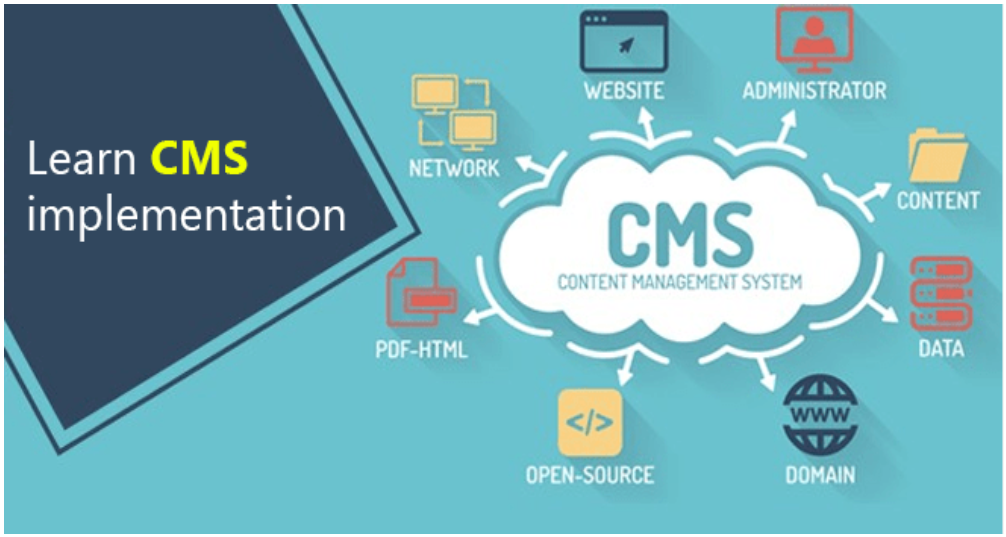An exceptional customer experience.

Define Goals and Requirements
- Identify the key objectives for implementing a CMS (e.g. streamlining content creation, improving collaboration, enhancing user experience)
- Understand the types of content that need to be managed (text, images, videos, documents, etc.)
- Determine the required features and functionalities (workflow management, version control, multi-channel publishing, etc.)
- Assess integration needs with existing systems (CRM, marketing automation, analytics, etc.)
Select the Right CMS Platform
- Evaluate different CMS solutions (open-source, proprietary, cloud-based, on-premises)
- Consider factors like scalability, security, ease of use, and total cost of ownership
- Shortlist platforms that align with your requirements and budget
- Conduct proof-of-concept or pilot projects to test the top contenders
Define Content Structure and Governance
- Establish a content taxonomy and metadata schema for effective organization and discoverability
- Develop content templates and models to ensure consistency
- Define roles, permissions, and approval workflows for content creation and publishing
- Create style guides, brand guidelines, and content policies for governance
Plan for Implementation and Migration
- Develop a detailed implementation roadmap with milestones and timelines
- Identify and allocate resources (human, financial, technical) for the implementation
- Plan for data migration from existing systems to the new CMS
- Develop training programs for content authors, editors, and administrators
Encourage User Adoption and Continuous Improvement
- Promote the benefits of the CMS and provide comprehensive training to users
- Establish processes for gathering user feedback and addressing pain points
- Continuously optimize and enhance the CMS based on evolving needs and technology advancements
- Regularly review and update content governance policies and procedures.
By following this strategy, Millennium Consultants can effectively implement a CMS that streamlines content management processes, improves collaboration, and delivers a consistent and engaging user experience across multiple channels.



